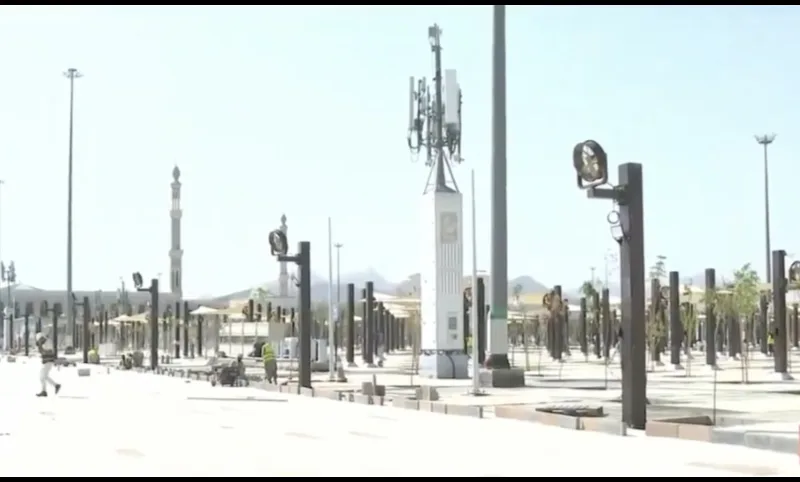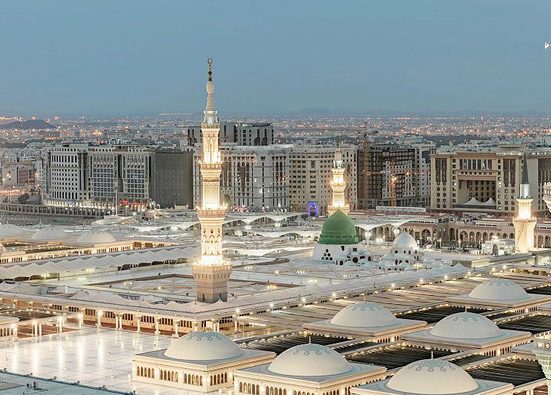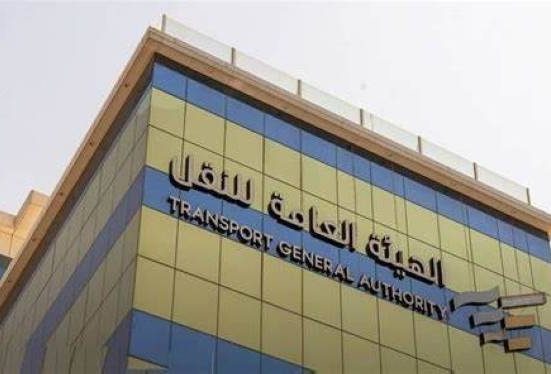In a major boost to pilgrim welfare ahead of the 2025 Hajj season (1446 AH), Saudi authorities have undertaken extensive upgrades around the historic Namirah Mosque near Mount Arafat, including the installation of over 300 shade-providing umbrellas and the planting of more than 2,000 trees. These efforts are targeted at easing the intense heat experienced during one of the most spiritually significant rites of the Hajj.
The improvements are part of a broader initiative spearheaded by the Kingdom’s Ministry of Hajj and Umrah to enhance the comfort, safety, and environmental sustainability of sacred pilgrimage sites. Namirah Mosque, renowned as the location where Prophet Muhammad (SAW) is believed to have delivered his Farewell Sermon, plays a central role in Hajj observances, particularly during the Day of Arafah when pilgrims gather for the vital midday and afternoon prayers.
With daytime temperatures in Arafat frequently soaring beyond 40°C (104°F), the provision of shaded areas is a critical intervention. The newly erected umbrellas have been strategically placed around the mosque’s expansive courtyards and surrounding walkways to offer immediate protection from the harsh desert sun. In addition, the trees—selected for their adaptability to arid conditions—are expected to evolve into sustainable sources of natural shade over time.
Saudi officials say the initiative also encompasses a modernized irrigation system to support the growth and longevity of the young saplings in the region’s dry climate. This forward-looking landscaping plan is designed not only to provide shade but also to improve air quality and enhance the overall spiritual atmosphere of the area.
For pilgrims, particularly the elderly and those with health concerns, the cooling benefits of these enhancements cannot be overstated. In recent years, heat-related fatigue and dehydration have remained pressing concerns during Hajj, and authorities are responding with measures rooted in both immediate relief and long-term climate adaptation.
The Kingdom’s continued investment in infrastructural development for Hajj underscores its commitment to serving millions of worshippers who travel from around the world to fulfill this once-in-a-lifetime religious obligation. As preparations intensify ahead of Dhul Hijjah, the final month in the Islamic lunar calendar, pilgrims visiting Namirah Mosque will now be greeted by a more hospitable and thoughtfully designed environment.






